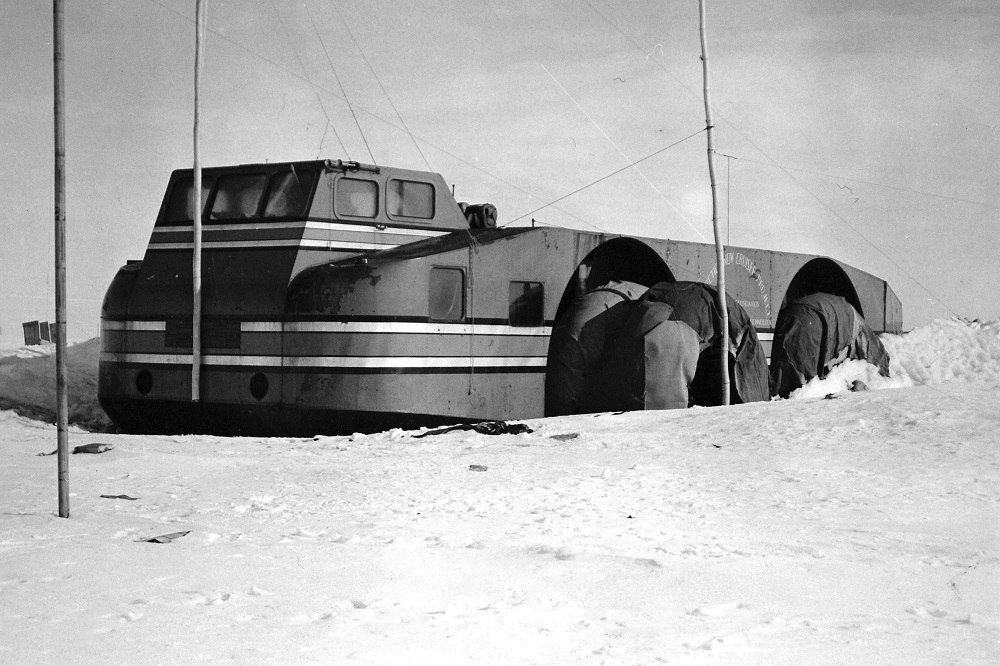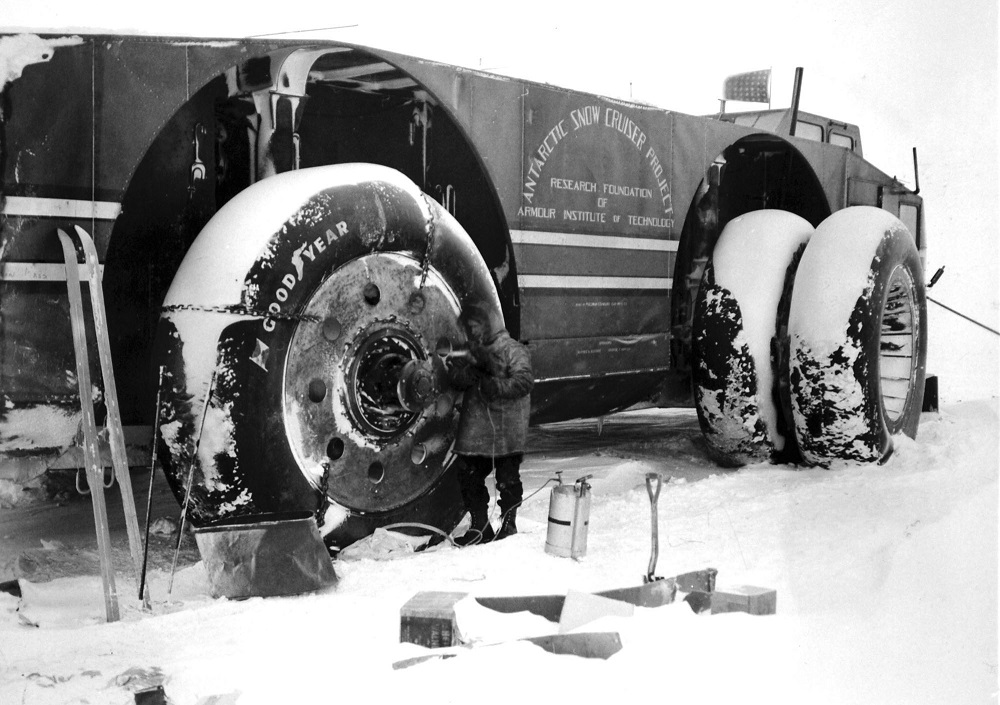A Look Back at the RV That Took On Antarctica
Or at least, it tried
The Antarctic Snow Cruiser may go down in history as the most badass recreational vehicle of all time — even though it was, by all accounts, a near-total failure. Intended to safely transport a crew of five scientists all the way to the South Pole across the harsh Antarctic landscape, the most traveling the Snow Cruiser ever managed was at home — from its factory in Chicago to the expedition’s boat in Boston — and even that trip was plagued with issues.
What happened? On the surface, the Snow Cruiser seemed ready to take on anything. It had enormous wheels nearly twice the height an average man, an innovative powertrain that included electric motors embedded in each wheel, and a cozy interior with all of the equipment and storage the scientists would need. It could even carry a biplane on the roof.
RV Maintenance: How to keep your RV ready for adventure
But like all tales of would-be-wonders-turned-failures, the Antarctic Snow Cruiser was let down by administrators with no respect for development times. Rushed into production, it was never properly tested in the kind of environment it was meant to conquer. Its smooth tires, designed to absorb impacts, were so bad at finding grip that all it took to temporarily halt its aforementioned journey from Chicago to Boston…was rain.
The Snow Cruiser was also exceptionally slow. So slow, in fact, that when the crew finally figured out how to get it moving on Antarctic snow — in reverse, of all things, because of the weight distribution — it quickly became clear they would never make it to the South Pole, and on to the final intended destination at the tip of the Antarctic Peninsula, in any amount of reasonable time.
After a 92-mile loop around the landing base, it was immediately abandoned as a mobile unit and turned into a stationary scientific station — not unlike how many commercial RVs are never taken off their leveling jacks. When the United States pulled funding for the Antarctica project at the turn of World War II, the Snow Cruiser was left in the cold until, six years later, an expedition team stumbled upon it and miraculously managed to get it started with only light servicing. Unfortunately, it wasn’t recovered, and is now believed to be either buried in ice or sitting at the bottom of the Southern Ocean.
Nowadays, most Antarctic-bound vehicles use rubber tracks to get around. To this day, it remains a mystery why some of America’s most brilliant engineers, working out of city that is no stranger to snow, thought perfectly smooth tires would get them anywhere in Antarctica.
Kurt Verlin was born in France and lives in the United States. Throughout his life he was always told French was the language of romance, but it was English he fell in love with. He likes cats, music, cars, 30 Rock, Formula 1, and pretending to be a race car driver in simulators; but most of all, he just likes to write about it all. See more articles by Kurt.



